
Filter News
Area of Research
News Type
Date
Media Contacts
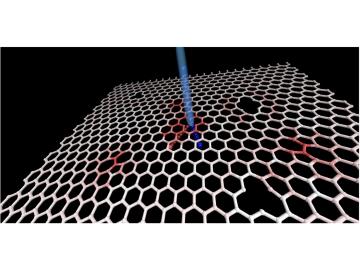
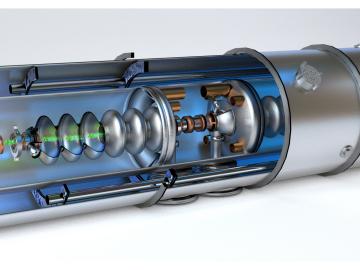

As a boy growing up in China, Xiaobing Liu knew all about Oak Ridge and the World War II Manhattan Project. He had no idea that he would one day work at DOE’s Oak Ridge National Laboratory, the Secret City’s successor. Liu is a lead researcher in geothermal heat pump (GHP) techn...
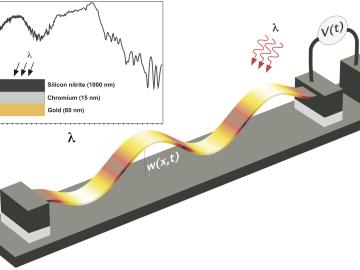
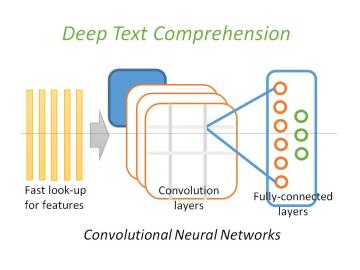
The development and maturation of automated data tools for cancer research, part of the objectives outlined in the White House’s Cancer Moonshot initiative, could give medical researchers and policymakers an unprecedented view of the U.S. cancer population—at a level of detail typi...


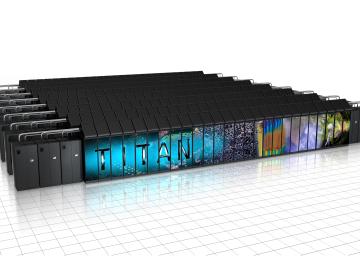
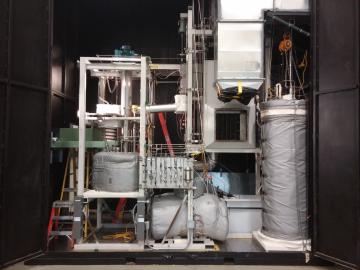
Oak Ridge National Laboratory’s ongoing research in molten salt reactors—along with decades of renowned efforts in the field—is bringing nuclear experts together for its second workshop on the new generation of MSRs. The October 4-5 event is organized around the theme of “Moving MS...
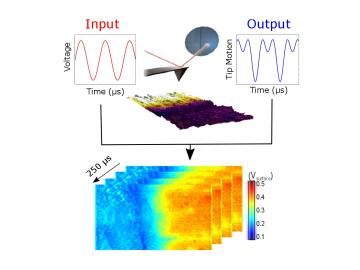
Scientists at Oak Ridge National Laboratory are harnessing big data capture and analytics to quickly develop deep insight into materials and their dynamics. Their new technique builds on Kelvin probe force microscopy, long used to gather information about electronic properties by “...


